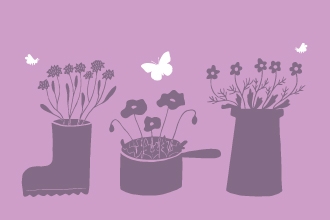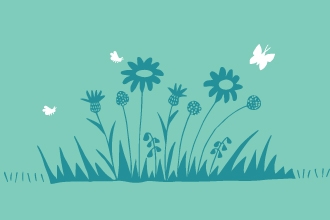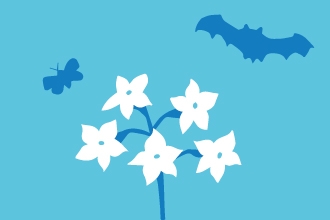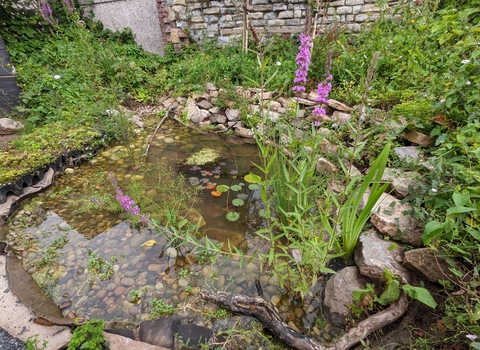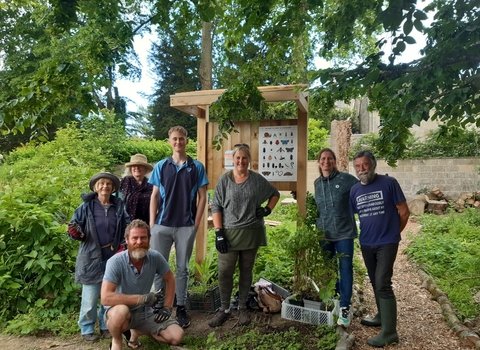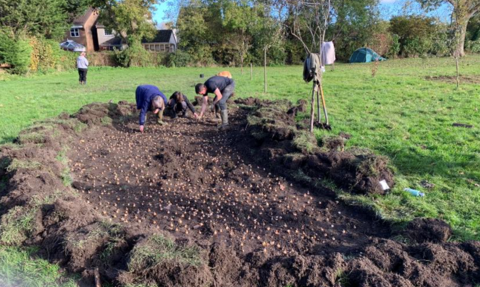
Amie Cook
Rodney Road Playing Fields
Rodney Road Playing Fields
Friends of Rodney Road contacted the Team Wilder Community Ecologist with the following enquiry:
"I'm after some advice or support from AWT regarding a project our small volunteer group is attempting to get funded through the WECA Pollinator fund. We desperately want to improve our little green, which currently consists of a large grassy area, largely used by dog walkers, a long damaged hedgerow along the boundary, some recently planted trees (one patch of fruit trees and another mini 'woodland' as part of One Tree Per Child / Tree Bristol 2021) and a very old, partly hollow, poplar tree."
"As a group we have identified improvements that we wish to make to the green:
- A restored hedgerow (currently includes four old and large elder) which will mark the boundary of the green but also provide habitat for birds and other wildlife.
- Further planting of trees by the entrance of the green.
- A wildflower area of approx 400-450m2 in sunny area of the green.
- Additional bulbs planted by three seating areas, to attract other pollinators, currently just daffodils.
- Potentially a floral lawn at far end of the green.
- Bug hotels.
I'd like to arrange a pre-work survey with yourselves, and request consultation on existing plants and some support with appropriate seed mixes, particularly for the wildflower meadow."

Amie Cook
Overview
From Sarah: “I've lived in the area for about ten years or so, I live just around the corner.
When I moved here, it was a very, I don't want to say bleak, but it's a very plain field that was essentially just used by dog walkers, full of poo and not a lot of families used it.
[Over the pandemic] There was like a resurgence, so more people used it because obviously we were only allowed out for two hours a day. And so all of a sudden, a lot of people realised that having a green space is quite important.
We got a little bit of money from the CIL fund, so the year before I contacted Esther, the previous Community Ecologist at Avon Wildlife Trust, they'd just put in a load of new woodland style trees. So that that work had already started. I was just coming to the end of my maternity leave, and it had been that horrific hot summer, and I'd had the most awful eco-anxiety, and I needed to do something productive with all of this horrible anxiety I was feeling. So, I thought, OK, what can I do? I know how to apply for funding, so I'm going to do that, and I saw WECA had their pollinators fund.
...firstly, I'm not an ecologist. I had ideas as to how we might respond to this fund, which was very specifically around kind of supporting pollinators, I felt like I needed a little bit more advice.
So, the first e-mail I sent was to Esther. [I said] We're looking to get this funding, I think I probably had about three days to write my application, but because it was very quick and the deadline was coming up and I thought, oh God, I need as much advice as possible. So I just kind of laid out what I was looking to do, [and Esther] gave me some really practical advice. And then she gave me an excellent summary report and that was really helpful.
I was able not only to use that information in my funding application, but when we were successful with the funding and received about £7000, I was able to use the report that Esther had sent me and actually send that to the park manager at Bristol City Council and show we had a plan grounded in professional advice.”
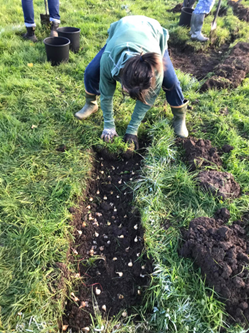
Amie Cook
Resulting Actions:
“We’ve just put down the last lot of seed this year - a shady meadow mix near the far hedgerow, and yellow rattle / a meadow mix in the areas in front of the mini woodland. These areas will be left to grow long, and hopefully we’ll see some pollinator friendly plants come up in spring and summer. This has been possible thanks to funding from West of England Combined Authority and Bristol City Council, as well as many volunteer hours.”
- Held a Harvest Festival which, among other activities invovled making bug houses for the park
- Held a meadow making morning
- Planted 30,000 bulbs funded by the WECA pollinator fund
- Sown large plots of wildflower seed and plugs
- Extended the hedgerow in the park by planting native whips
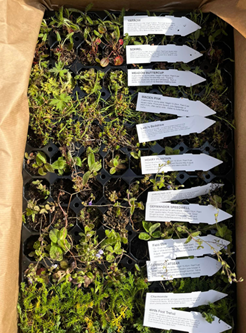
Amie Cook
Feedback from Sarah
What is important is that that information is there in the summary report. So once this project is done and let's say I step away from that role, we have a lot of paperwork, a paper trail for anybody that's looking to do any further work on that site that can actually use some of that advice. So it's fantastic.
I felt like Esther's voice is like the voice of wildlife. So I see that as another stakeholder. She's listening to me when I'm saying, this bit we're going to leave to grass because we need it to be something that people can play on and that dogs can run on [and she’s considering how this will work for wildlife too].
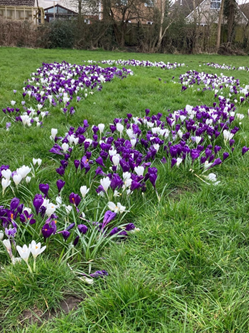
Amie Cook
Resources
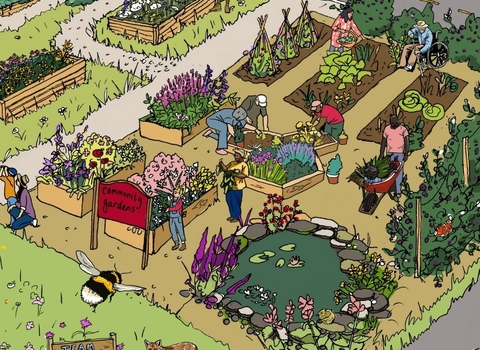
(C) Hannah Bunn
Be part of Team Wilder
All actions for nature collectively add up and creates life for people and wildlife.
Share your actions for nature to inspire and motivate others.
Talk about what you do to make these actions part of everyday life.
Share and tag us on @avonwt on social media as well.
Log your actions for nature on the map

